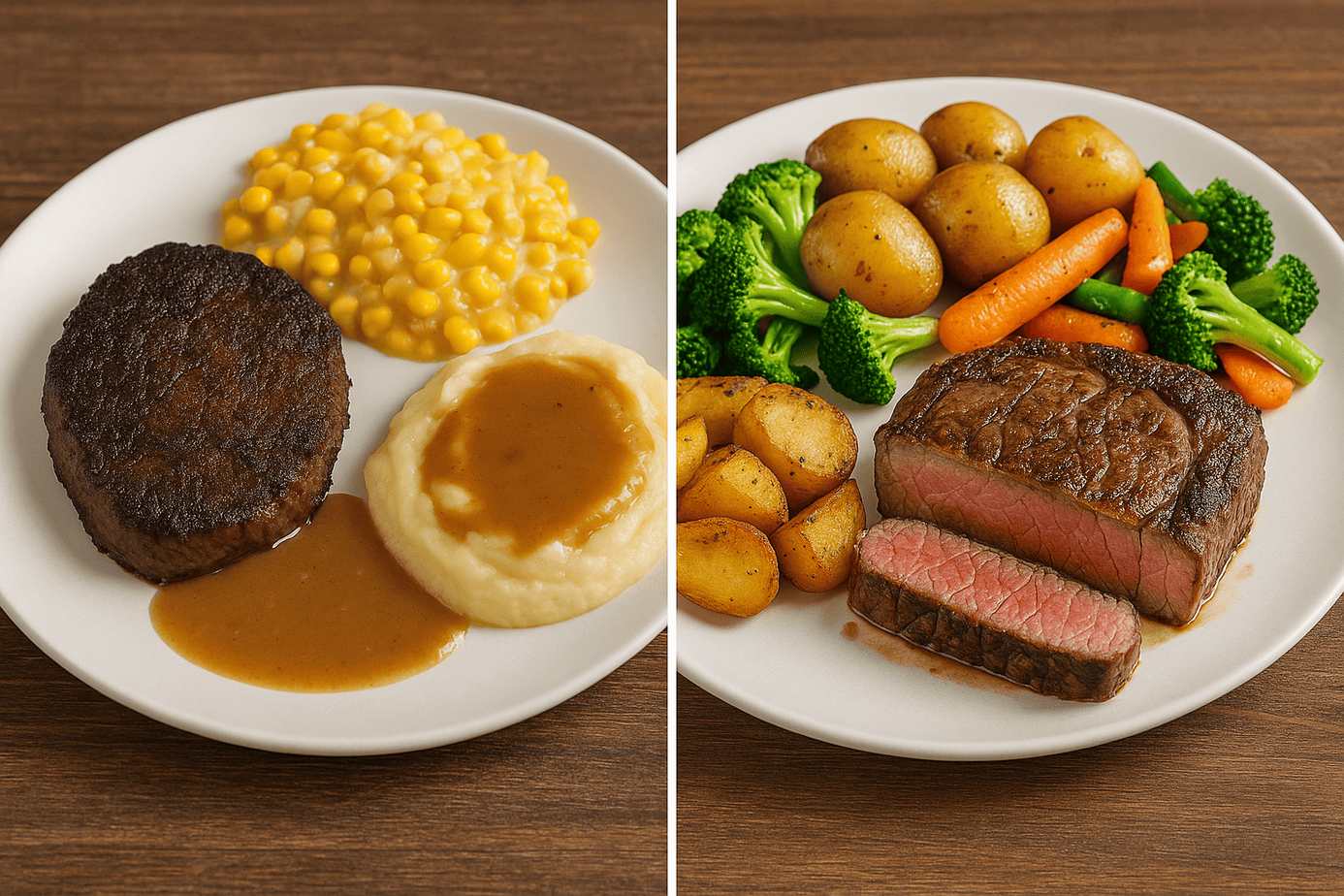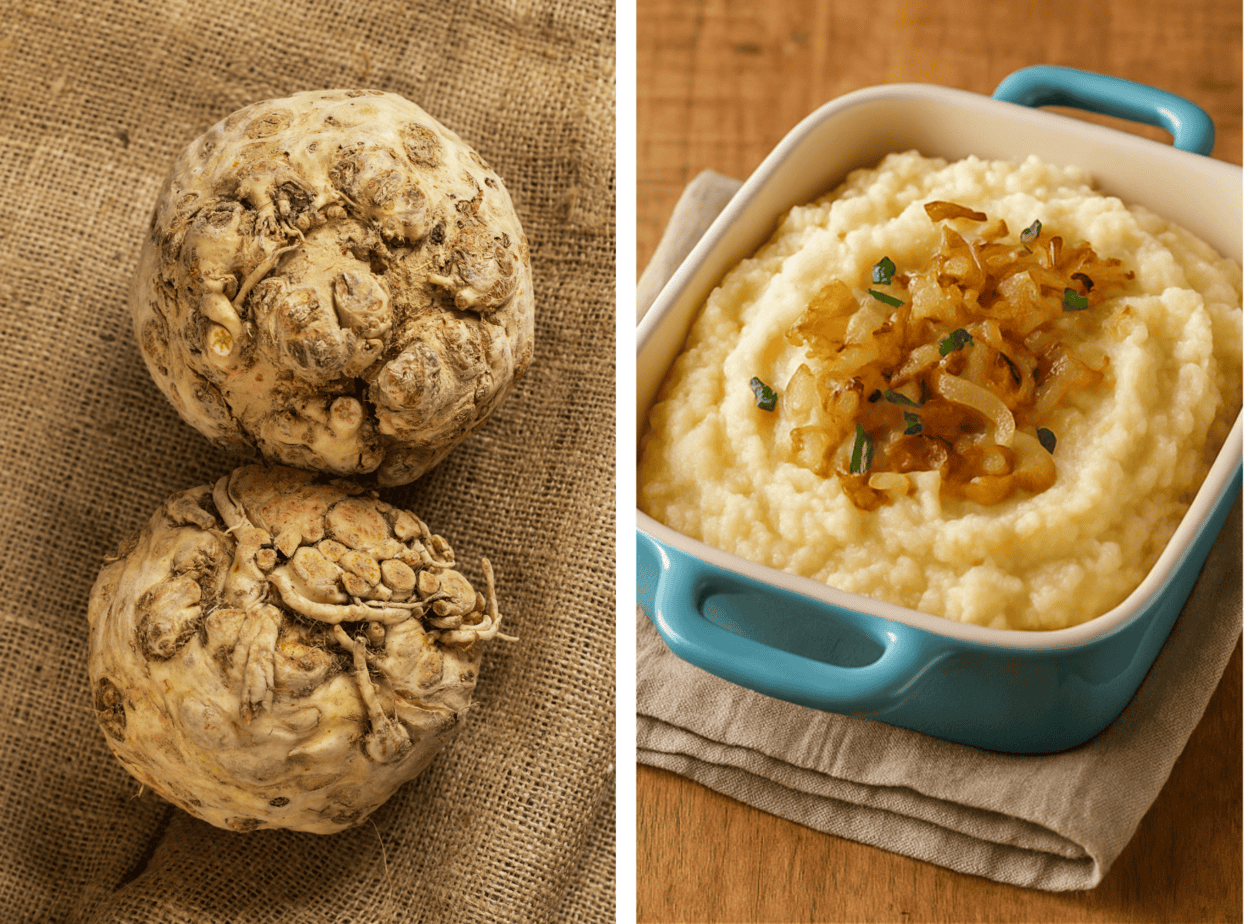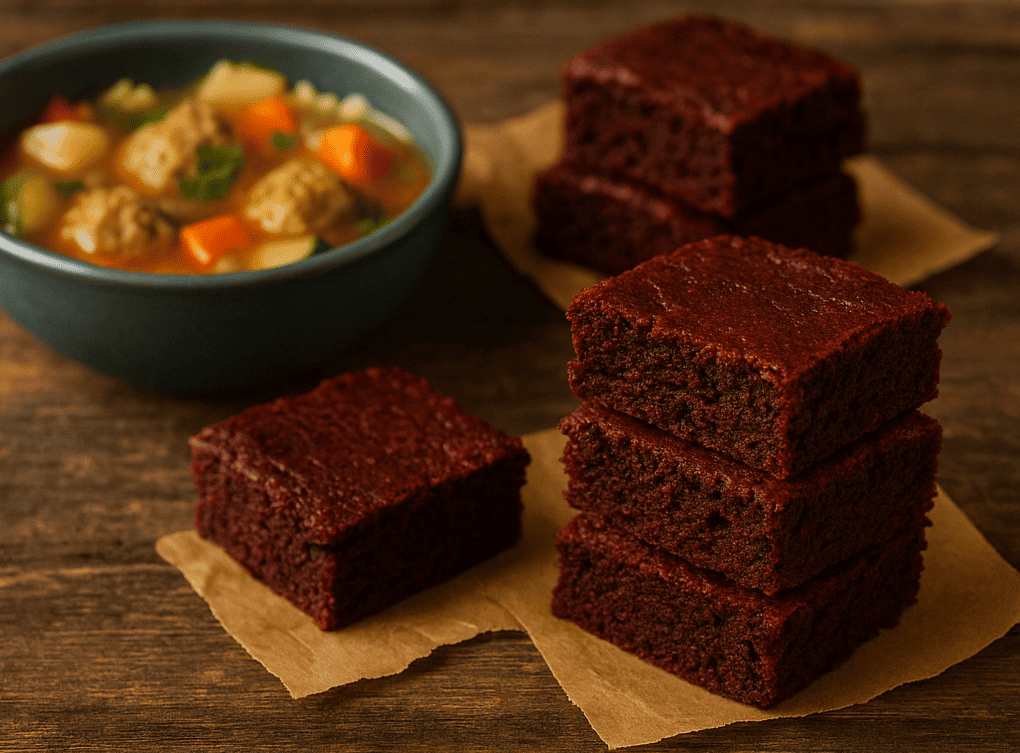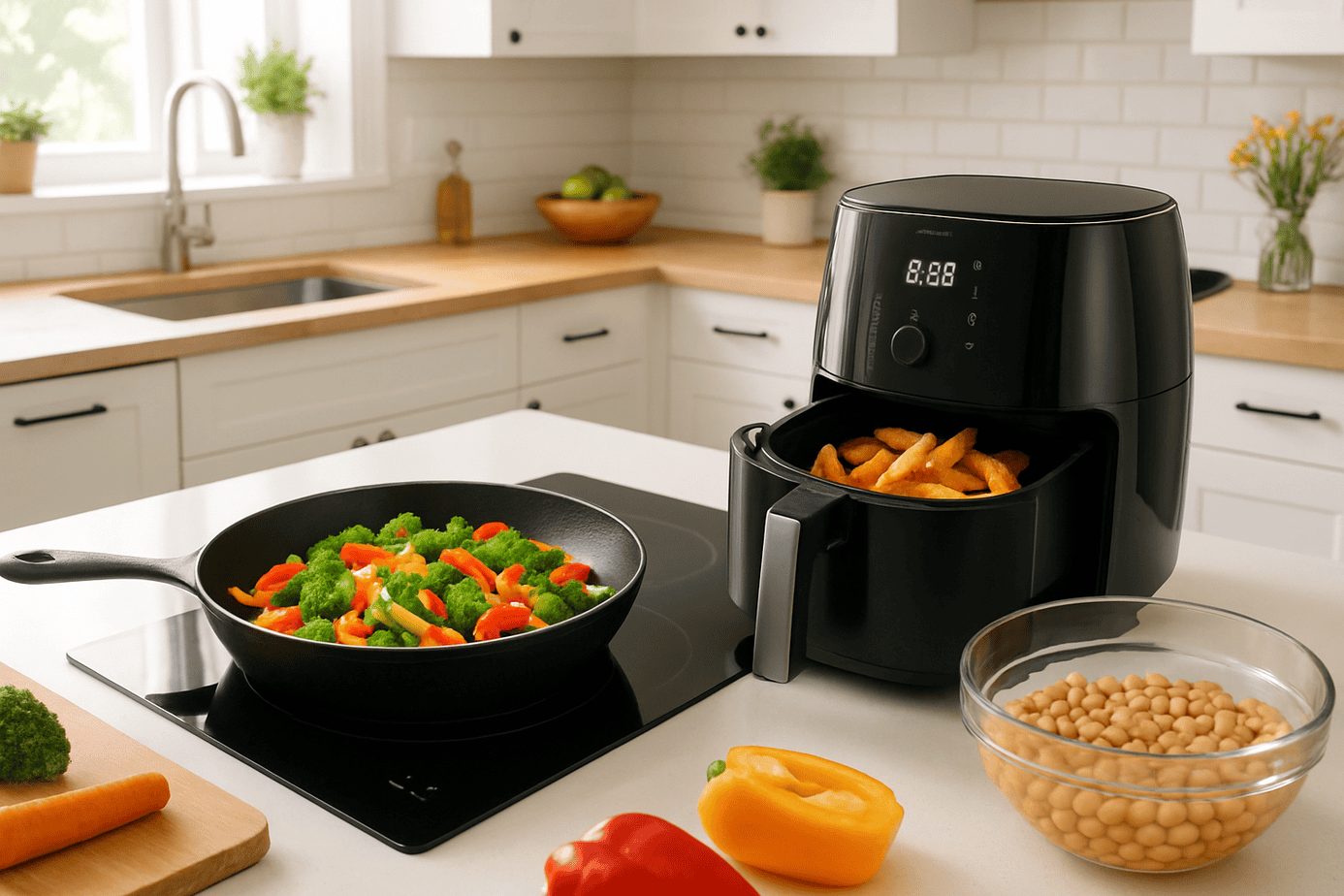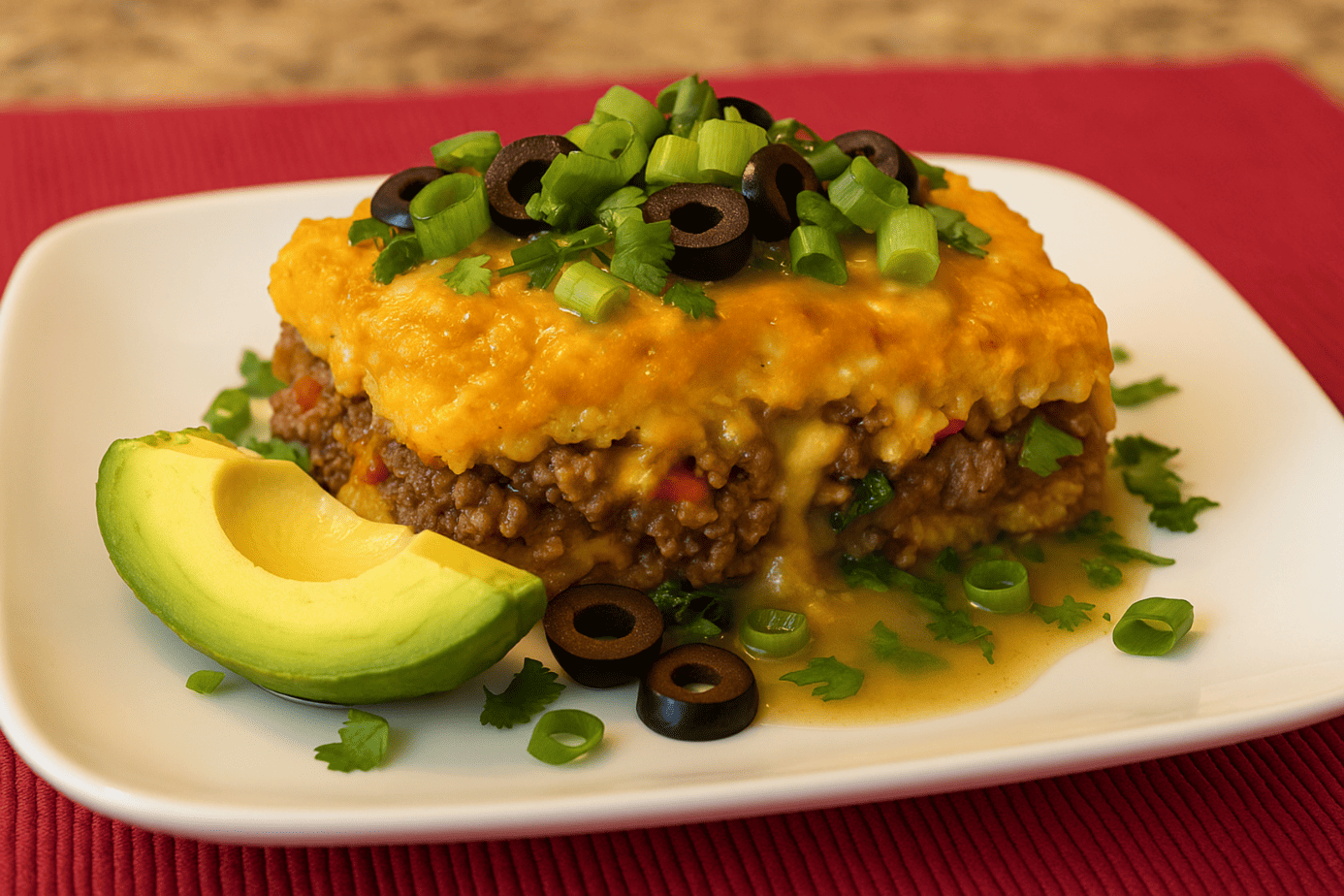Tender pot roast with carrots and potatoes, warm rolls, and fresh, homemade pie—few things comfort quite like the familiar flavors of home. When you healthify comfort food recipes, you savor the nostalgia of family tables and heartwarming suppers—without guilt or regret. A few thoughtful swaps keep the beloved flavors and satisfaction, while skipping the crash and foggy aftermath.
But why do we reach for these dishes when we crave comfort? Comfort foods do more than fill our bellies—they soothe our hearts and minds. Science shows these recipes connect deeply with warm memories and rituals: birthday dinners, holiday gatherings, chilly nights tucked in at home.
Favorite flavors and textures—like buttery mashed potatoes or the chewy top of a fruit crisp—signal safety to our brains and release feel-good chemicals like serotonin and dopamine. Even the aroma of something familiar baking in the oven can lift our mood or calm our nerves.
In other words, these dishes aren’t just about nutrition. They’re about nostalgia, connection, and the simple act of feeling cared for by ourselves or those we love.
From Meat and Potatoes to Microwaves and Whole Wheat
Growing up, my mother served balanced meals just as she’d learned in home economics classes: always a meat, a starch, and a vegetable. However, those veggies mostly came from cans or the freezer aisle and usually ended up boiled (sometimes a little too long!). Wanting to please my dad, who liked his meat well done, she typically cooked the roast or steak until not a trace of pink remained.
I’ll never forget dinner with my friend Tammy, whose mom was the chef at a local supper club. For Tammy’s birthday, she invited me to dinner there with the promise of “the best steak ever.” I protested—”I don’t like steak!”—but Tammy insisted.
That one meal changed my mind; the steak was juicy and tender, nothing like what I knew from home. I went back and announced, “Mom, I like steak. I just don’t like your steak.” After some laughter and discussion, she realized that a thicker cut—and cooking my dad’s piece longer than everyone else’s—yielded much better results.
As an adult, I was swept up by claims that microwaving meals was healthiest, so I worked hard to adapt family favorites for the microwave, just as I now do for the Instant Pot, air fryer, and slow cooker. I also thought whole wheat was a superfood and incorporated it in most of our meals and baked goods.
For both my mother and me, each phase was born out of doing the best we could with the information we had—but when we know better, we do better.
The Art of Healthifying Comfort Food
Over time, as I experimented in my own kitchen, I discovered simple upgrades that let you keep the cozy flavors of comfort food without the associated foggy aftermath. These changes embrace both tradition and modern nutrition science so you never have to choose between cozy and clean. You can enjoy both.
In my Anti-Inflammatory Rainbow Diet™ (AIRD™) Series, I break down the key food categories that often need rethinking. If you haven’t read them yet, here’s a quick list you can bookmark:
But theory isn’t enough—so here are some real-life, practical applications of those swaps you can use to healthify comfort food:
- Gluten: Love fluffy pancakes? Try oat flour instead of all-purpose flour and nobody will notice the gluten is gone. You can even make your own by blending certified gluten-free oats.
- Dairy: Creamy mashed potatoes? Sub in chicken broth, cashew milk, or coconut milk for dairy that’s easier on the gut.
- Soy: Stir-fry night? Ditch the soy sauce for coconut aminos—less sodium, no soy, and the same savory punch.
- Sugar: Baking something sweet? Use honey or maple syrup 1:1 for sugar—but reduce liquids slightly. For other natural options, see below.
- Seed oils: Ditch the canola and other seed oils. Try ghee or avocado oil for sautéing. Your body and your taste buds will thank you.
These simple swaps make it easy to transform your family favorites into meals that both comfort and nourish.
Natural Sugar Swaps That Nourish
Swapping refined sugar doesn’t mean sacrificing sweetness—just choose ingredients that come with nutrients, not just calories and a blood sugar spike. Here are some of the best natural alternatives:
Maple Sugar
Made by evaporating pure maple syrup until it crystallizes, maple sugar is a minimally processed sweetener with a rich, almost butterscotch-like flavor. Use it 1:1 in place of white sugar. It’s pricey, but a little goes a long way.
Coconut Sugar
Coconut sugar is made from the sap of the coconut palm and retains trace minerals and a mellow caramel flavor. It’s an easy 1:1 replacement for brown sugar in baking and sauces. While still a concentrated sweetener, it’s far less processed than refined sugar and contains inulin—a prebiotic fiber.
Dates and Date-Based Sweeteners
Whole dates can be pitted and blended into energy balls or sauces for fiber-rich sweetness. For baking, date sugar (ground whole dates) works as a 1:1 substitute for brown sugar, though it won’t dissolve in liquids. Date syrup, on the other hand, is thick and pourable—great in marinades, dressings, or moist baked goods. Use slightly less date syrup than sugar and reduce the liquid in the recipe a bit.
Mashed Banana
Mashed ripe banana adds both moisture and natural sweetness. Great for pancakes, muffins, or quick breads. Replace ¼ to ½ cup of sugar with a mashed banana; reduce other liquids slightly. Bonus: potassium and fiber.
Applesauce
Unsweetened applesauce brings subtle sweetness and keeps baked goods moist. Use it as a partial swap for sugar and oil or butter. Try replacing half the sugar and/or fat in a recipe with applesauce for a lighter, gut-friendlier result. It also works as an egg replacer (¼ cup per egg, up to two eggs), adding both moisture and a hint of natural sweetness.
14 Veggie Sneaks to Healthify Comfort Food
I struggle to understand people who don’t eat vegetables. They’re so essential for our health, providing nutrients, polyphenols, and fiber you just can’t get from meat. I don’t remember loving them as a kid, but since I’ve started eating so many of them, I love trying to see how many veggies I can tuck in to healthify comfort food by boosting the nutrition.
1. Puree Celeriac Instead of Potatoes for an Incredibly Flavorful Mash:
Swap out potatoes for pureed celeriac (celery root) to create a creamy, nutty mash that’s our little secret—extra 9g of fiber per cup compared to potatoes’ 2g, and nobody complains! I put this on the menu for a cooking class I taught with added sauteed garlic and onions, and everyone loved it! Hack: Freeze extra puree in ice cube trays for quick additions to soups later!
2. Rice Cauliflower for Casseroles to Boost Nutrition and Save Time:
Rice cauliflower and mix it into casseroles to sneak in vitamin C and cut cooking time—no one notices the swap! Most supermarkets and warehouse stores sell frozen riced cauliflower for convenience. But I prefer the flavor of fresh cauliflower and it’s easy to make. Hack: Pulse it in a food processor for uniform grains in seconds.
3. Shredded Carrots Disappear into Red Sauce and Meatballs but Add Natural Sweetness and Color:
Grate carrots into your red sauce or meatballs for a touch of natural sweetness and a vibrant orange hue—plus 4g fiber per cup! My grandkids have always loved my chicken meatballs and had no idea there were carrots, mushrooms, and kale tucked in them. Grow your own carrots for extra sweetness and flavor. Hack: Use a box grater for quick prep and mix into raw meat before cooking.
4. Squash Pureed into a Creamy Sauce? TOTAL Game Changer for Velvety Texture:
Puree squash (like butternut or acorn) into a creamy sauce for pasta or veggies—a velvety texture boost with 7g fiber and vitamin A galore! My husband loved the Alfredo sauce I put this in and was stunned when I told him what was in it. Hack: Roast squash ahead and blend with a splash of chicken or vegetable broth for smoothness.
5. Zucchini is Great for Thickening Soup:
Chop or grate zucchini to thicken soups naturally, adding 3g fiber and a mild flavor that blends in—your body will love the vitamin C! I learned this when making Albondigas and call it “Soup Secret.” Now, when the zucchini harvest is bountiful, you have another use for it. Hack: Add it raw at the end to preserve nutrients, then blend after simmering.
6. Spinach in Lasagna… Trust Me, It Belongs There. Your Body Will Thank You Later:
Layer spinach into lasagna for a nutrient punch—iron and vitamin K hidden in every bite, and it fits perfectly! Of course, you could use other greens too like arugula or Swiss chard. Hack: Wilt it slightly before layering to avoid excess water.
7. Blend Kale into Smoothies:
Toss a handful of kale into your favorite fruit smoothie—banana, berries, and a splash of almond milk. The fruit masks the taste, but you’re sneaking in iron, vitamin K, and antioxidants. It’s my go-to morning boost, and the green color feels like a victory lap!
8. Grate Zucchini into Muffins:
Add shredded zucchini to chocolate or banana muffins. The moisture keeps them tender, and the kids (or you!) won’t suspect the veggie hiding behind the sweetness. Extra hydration and a dose of vitamin C—win-win!
9. Mix Sweet Potato into Pancake Batter:
Mash or grate sweet potato into your pancake mix for a naturally sweet, golden hue. It adds beta-carotene and fiber, turning breakfast into a nutrient-packed treat without anyone noticing.
10. Stir Beets into Chocolate Brownies:
Finely grated beets blend seamlessly into brownie batter, giving a deep red tint and earthy sweetness. They boost folate and antioxidants—your guilty pleasure just got a health upgrade!
11. Hide Mushrooms in Bolognese:
Finely chop or pulse mushrooms and mix them into your meat sauce. They add umami flavor and a meaty texture, plus vitamin D and selenium, while stretching the meal further.
12. Puree Pumpkin into Oatmeal:
Swirl pumpkin puree into your morning oats for a creamy, spiced kick. It’s loaded with vitamin A and fiber, making breakfast feel indulgent yet nourishing.
13. Shred Brussels Sprouts into Slaw:
Toss shredded Brussels sprouts into a coleslaw mix with a tangy dressing. The crunch and nutty flavor blend in, delivering vitamin C and antioxidants without the usual resistance.
Proper Preparation: Key to Preserving Nutrients
When we talk about proper preparation in the kitchen, it’s more than just following tradition—it’s actually a way of honoring how science and old wisdom work together to make meals nourishing and easier to digest.
Many of the foods we love—beans, grains, nuts, and even sturdy vegetables—contain compounds called anti-nutrients. These are natural plant chemicals (like phytic acid or lectins) that protect plants in the wild, but can bind to minerals (like iron and zinc) and make them harder for our bodies to absorb. This doesn’t mean these foods are “bad,” but it does mean we can make them even better for us with a few simple techniques.
Another great example is the way we prepare meats. Traditional recipes often call for marinating pork (and sometimes other meats) in something acidic, like citrus juice or vinegar. Why? The acid breaks down proteins, making pork more tender and flavorful, while also reducing potential foodborne pathogens. Plus, the acidic marinade can help unlock or “free up” nutrients in the meat, making them easier for your body to use.
These small steps—soaking, slow-cooking, marinating—are subtle, but they add up to meals that truly feel as good as they taste.
Smart Cooking Methods to Healthify Comfort Food
Comfort food doesn’t have to be heavy or nutrient-poor. Just a few smart tweaks can turn family favorites into meals that make you feel as good as they taste. Let’s explore two kinds of kitchen strategies—one aimed at packing in more nutrition, and the other at bringing out the best flavor and texture.
Methods That Boosting Nutrition
-
- Soak & Dehydrate Raw Nuts: Soaking nuts in water for several hours (and then dehydrating them to crisp back up) reduces phytic acid and enzyme inhibitors. The process makes them easier to digest and more nutrient-dense.
- Soak & Pressure Cook Legumes: Beans and lentils benefit from a good soak (8–12 hours) followed by pressure cooking. This drastically lowers their lectin content and improves mineral availability, leading to lighter, less gassy meals.
- Marinate Pork (and Other Meats) in Acid: A marinade with lemon juice, vinegar, or yogurt isn’t just about flavor. Acid softens tough muscle fibers, improves tenderness, enhances safety by discouraging bacteria, and may enhance mineral absorption.
Methods That Use Healthy Fats and Enhance Flavor
-
- Bake or Air Fry Instead of Deep Frying: Baking and air frying use less oil, and swapping out seed oils for ghee, avocado oil, tallow, lard, or duck fat provides healthy fats with more flavor. For crisp results, use a spray bottle or mister like this one to lightly coat food with oil.
- Roast for Richness, Steam for Freshness: Roasting deepens flavor and caramelizes veggies, while steaming keeps greens vibrant, crisp, and packed with nutrients.
- Cook in Cast Iron: Not only does cast iron add a depth of flavor, but every time you cook acidic foods (like tomato sauce) in it, you’re also naturally boosting the food’s iron content.
- Coconut Milk or Nut-Milk Pulp for Creamy Sauces: Swap out heavy cream for coconut milk or the pulp from homemade nut milk to create silken, dairy-free soups and sauces.
- Sauté in Broth Instead of Oil: Sautéing veggies or proteins in homemade broth (instead of oil) keeps dishes light but flavorful—a perfect hack for those watching fat intake or simply wanting a change.
By revisiting some old-fashioned prep methods—and adding a few modern ones—your comfort food gets a nutrition boost while staying every bit as delicious. Small changes in how you soak, cook, or marinate ingredients can truly make a big difference in how you feel after you eat! Now, let’s put all of this into action.
Your Turn for a Recipe Makeover
Some comfort foods just need a few smart swaps to feel healthier and loved again. That’s what I did with my Healthy Tamale Pie—a bold, hearty dish packed with extra veggies, nourishing ingredients, and all the familiar flavors my family loves.
But when a recipe leans heavily on processed ingredients like boxed pudding, marshmallows, canned soup, or piles of sugar, sometimes it’s best to rethink it entirely—and that’s where creativity really shines. I like to borrow the flavor, feeling, and spirit of the dish and re-imagine it in a way that nurtures your body as much as your soul.
Want to see your family favorite get a makeover?
If you’re ready to healthify comfort food favorites in your own kitchen, I’d love to help! Email me your recipe, and I’ll craft a version that keeps all the comfort, skips the bloat, and might even be featured in a future post, guide, or cookbook—with full credit to you, of course!


